Degradable plastic bags refer to plastic bags that can break down into smaller fragments under certain conditions and eventually be degraded by microorganisms or the natural environment.
Based on different materials and degradation methods, degradable plastic bags can be classified into the following categories:
Biodegradable Plastic Bags
These plastic bags are usually made from natural materials such as starch, polylactic acid (PLA), cellulose, etc., and have good biodegradability. Under suitable environmental conditions, they can be decomposed by microorganisms and eventually converted into carbon dioxide, water, and biomass. Biodegradable plastic bags are suitable for single-use packaging, transporting lightweight items, and garbage bags.
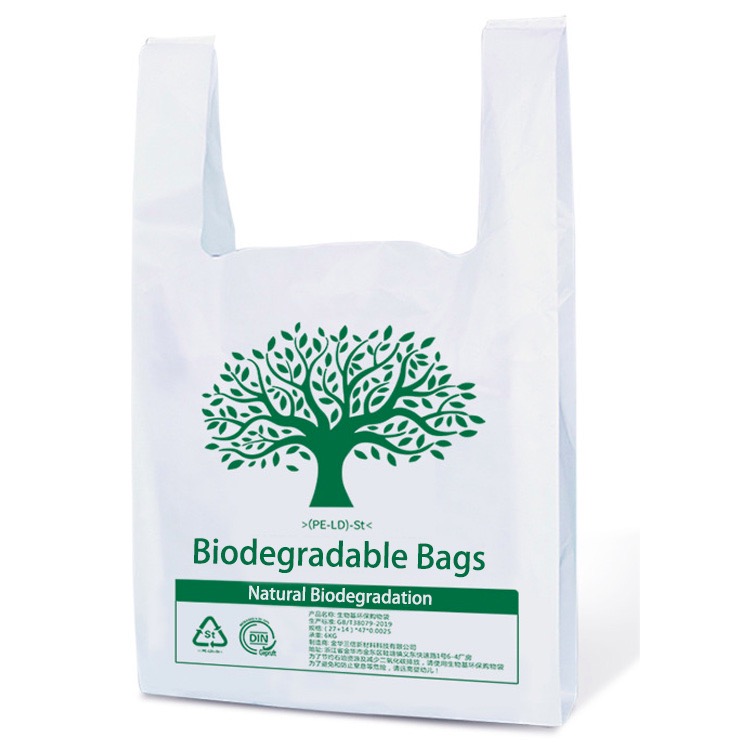
Photodegradable Plastic Bags
These plastic bags contain photosensitizers that allow them to degrade under sunlight. The degradation speed depends on light intensity and exposure time. When exposed to sunlight for a period of time, they become brittle and eventually break into fragments. Photodegradable plastic bags are used in scenarios where high biodegradability is not required, such as single-use packaging and transporting lightweight items.
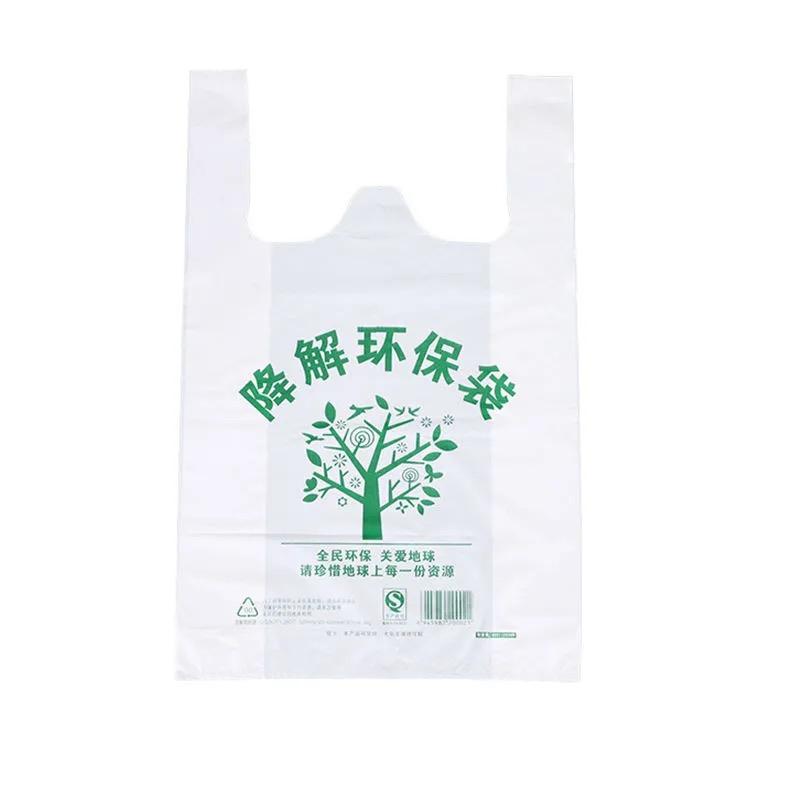
Oxo-degradable Plastic Bags
These plastic bags include specific oxidizing agents that make them degradable. When exposed to oxygen and heat, they undergo degradation and eventually break down into smaller fragments. Oxo-degradable plastic bags are also used for single-use packaging, transporting lightweight items, and garbage bags.
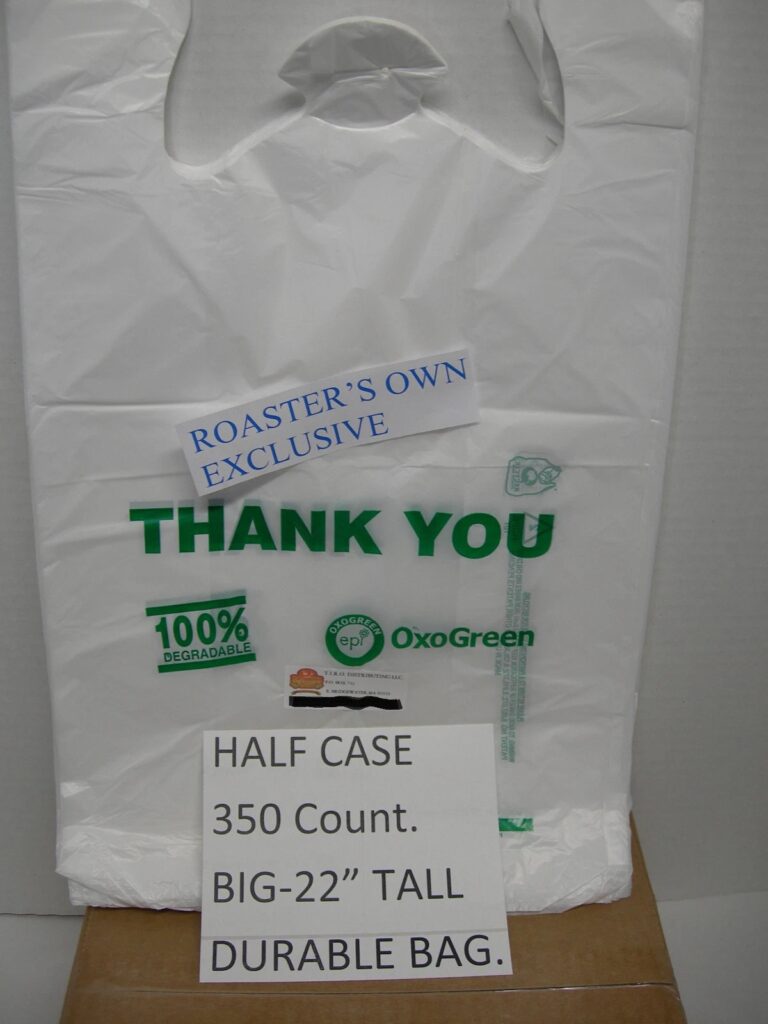
Blend Degradable Plastic Bags
Blend degradable plastic bags are made by mixing various degradable materials. By leveraging the advantages of different materials, these bags achieve better degradability and strength. The use cases are similar to other types of degradable plastic bags—ideal for single-use packaging, lightweight transportation, and trash bag applications.
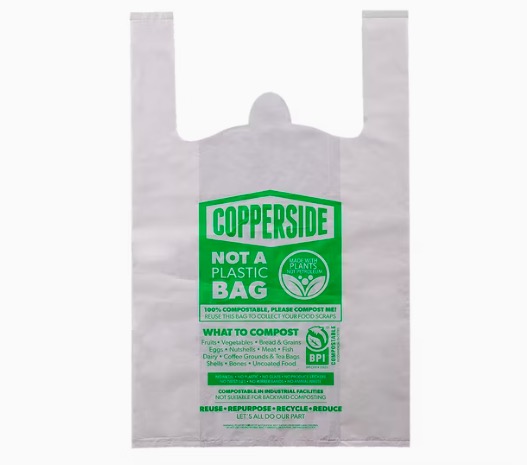
Common Materials Used in Degradable Plastic Bags
Degradable plastic bags are made from a variety of materials, including but not limited to:
Starch-Based Plastics
Made primarily from starch, these plastics can interact with microorganisms and degrade naturally.
Polylactic Acid (PLA)
Extracted from plant-based sources such as corn and sugarcane, PLA has excellent biodegradability.
Cellulose-Based Plastics
Using cellulose as the main ingredient, this material offers high biodegradability and is derived from renewable resources.
Bio-based Polymers
Produced from bio-based raw materials such as vegetable oils or alcohol, these plastics generate fewer greenhouse gases during production compared to traditional plastics.
Common Sizes and Application Scenarios of Degradable Plastic Bags
1. 20 cm x 30 cm:
A smaller size suitable for packaging snacks, stationery, and small garments or items.
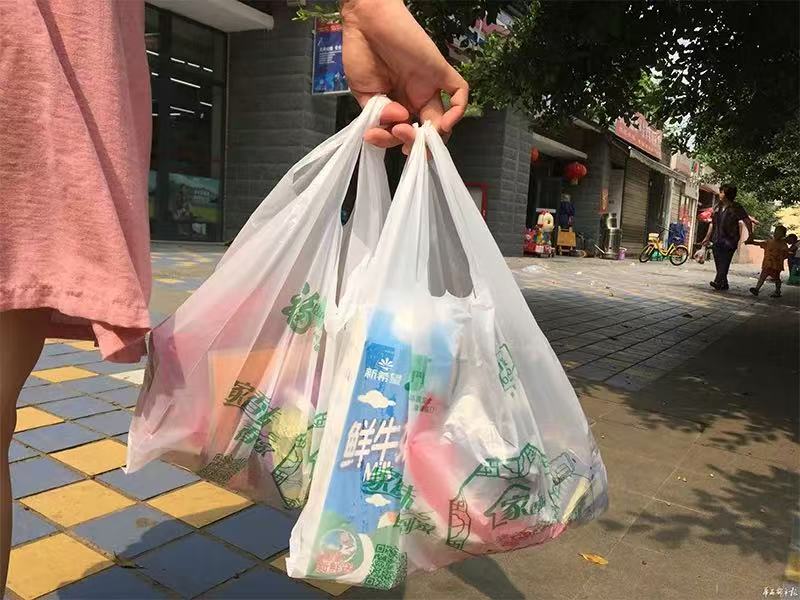
2. 25 cm x 35 cm:
Suitable for packaging and transporting lightweight items such as clothes and stationery.
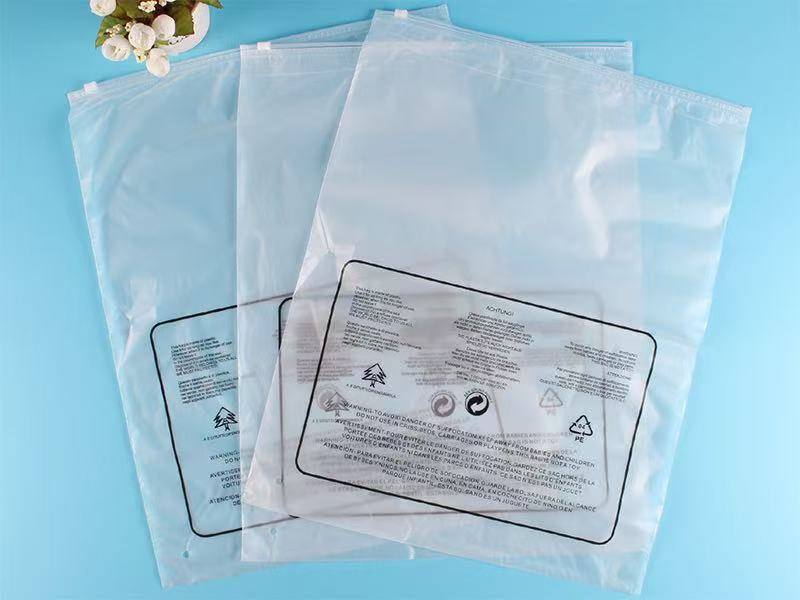
3. 30 cm x 40 cm:
Used for medium-sized items like books, folders, and household products.
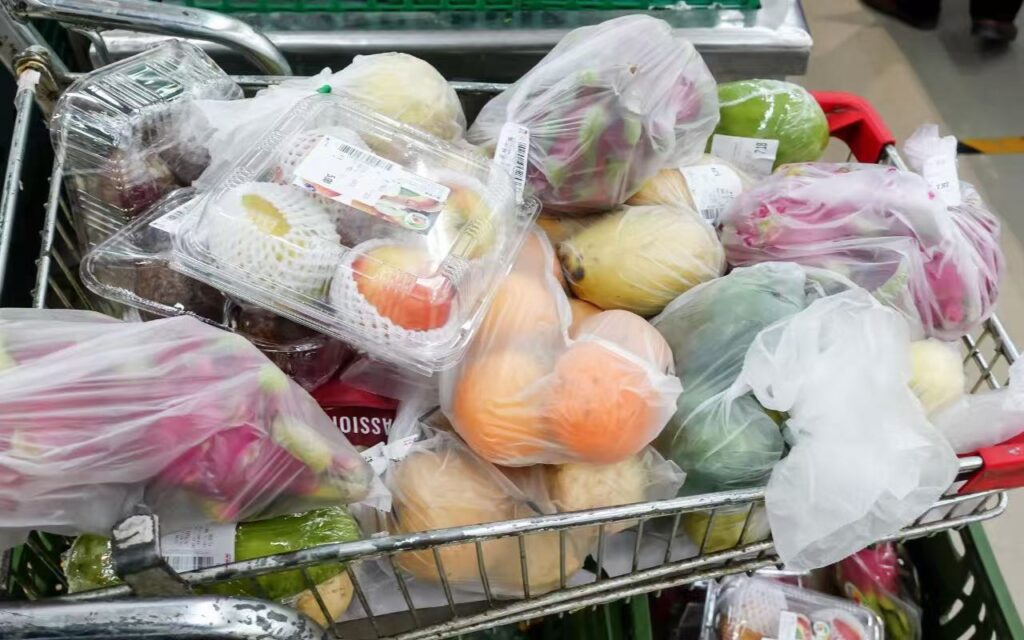
4. 40 cm x 50 cm:
Ideal for larger but not too heavy items such as clothes, pillows, and towels.

5. 50 cm x 60 cm:
A larger size used for bulky items like cushions, bedsheets, and household goods.

Note:
The size and application scenarios may vary depending on actual needs and specific requirements.
Environmental Value and Proper Use
The widespread use of degradable plastic bags can help reduce environmental pollution and promote sustainable development. However, it is important to ensure proper use and recycling to fully realize their environmental advantages.

